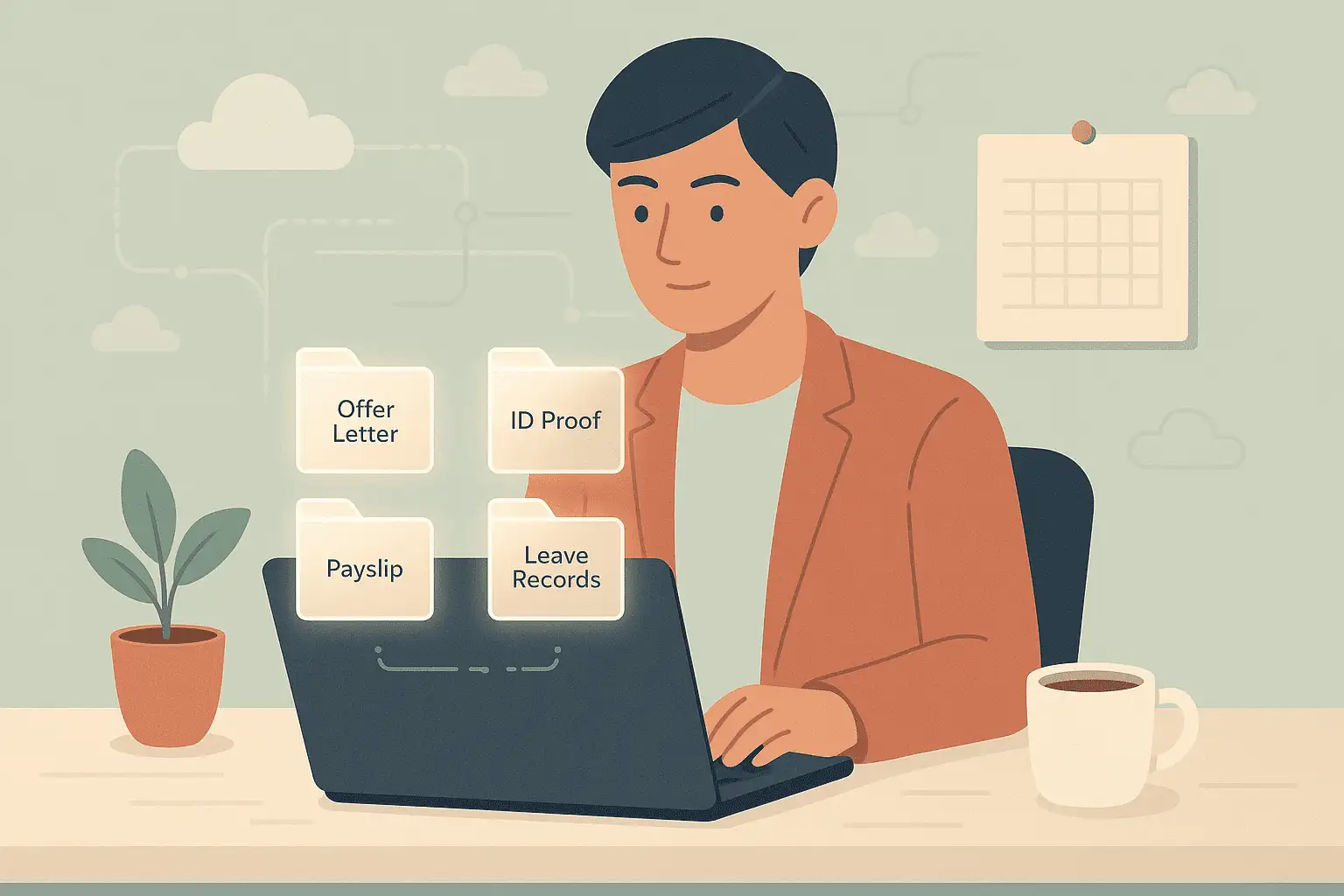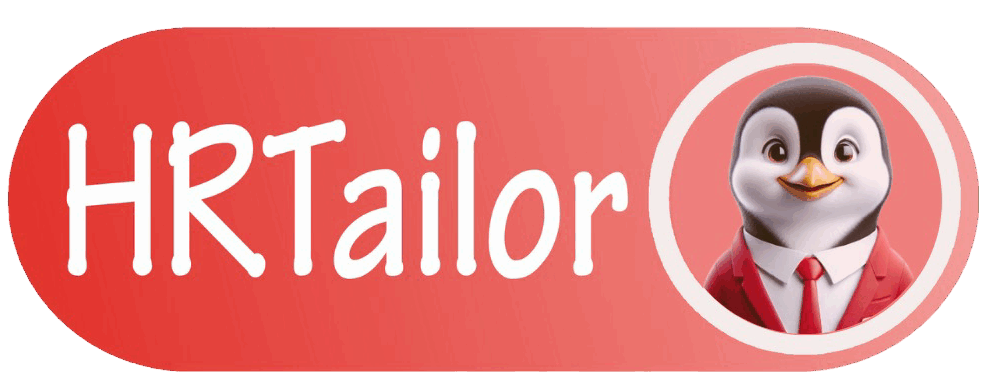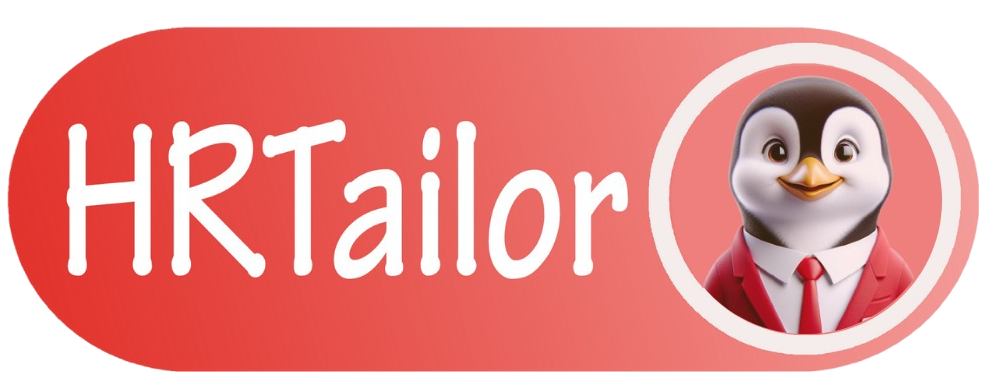
The Real Value of Digitizing Employee Documentation
Paper-based files may have once ruled the HR department, but in 2025, they’re more of a burden than a backup. As companies scale, diversify, and adapt to hybrid working environments, the demand for digitized employee documentation has never been clearer.
Whether you’re managing five employees or five hundred, how you store, access, and protect documentation can directly affect compliance, onboarding speed, data security, and overall efficiency. Let’s explore why digitizing these files is no longer optional—and how the right system can help you do it right.
1. Faster Onboarding, Less Manual Effort
Physical forms slow down hiring. From offer letters to ID proofs, collecting and verifying paperwork eats up hours. When documentation is digitized, everything from appointment letters to KYC documents can be uploaded, verified, and archived within minutes. Not only does this reduce onboarding time, but it also creates a smoother first experience for new hires—especially remote ones.
2. Compliance Made Easier
Labour laws in India demand that companies maintain employee records for several years. Failure to produce them during audits or legal proceedings can lead to serious penalties.
With digital employee documentation, HR teams can instantly retrieve proof of employment, contracts, PF details, and leave history—even from years ago. This quick accessibility drastically reduces audit stress and improves preparedness.
3. Enhanced Data Security & Access Control
One of the biggest risks of physical documentation is unauthorized access or accidental loss. On the other hand, digitized files can be encrypted, backed up, and shared securely using role-based access controls.
HR managers get to decide who can access what, while employees can safely retrieve their own documents through secure self-service portals.
4. Organized Records = Better HR Decision-Making
Having your data in digital format means you can analyze trends and take action faster. For instance, noticing frequent document update delays may point to process inefficiencies. With digitized records, it becomes easier to track document expiration, contract renewals, or KYC revalidations proactively. In essence, you’re not just storing documents—you’re leveraging them.
5. Remote Accessibility in a Hybrid World
Today’s workforce isn’t always sitting in the same office—or even the same city. By digitizing employee files, companies allow HR and managers to retrieve important information anytime, from anywhere, without the need for physical presence. This flexibility has become a cornerstone for businesses with distributed teams.
Cost and Space Savings Through Digitizing Employee Documentation
It may seem small, but eliminating file cabinets, paper, printing, and storage space can lead to significant long-term savings. More importantly, it frees up HR bandwidth for tasks that actually contribute to strategic growth.
Why Digitizing Employee Documentation Is the Small Change That Makes a Big Difference
Paper records might seem harmless—until they start slowing you down. As businesses scale, compliance tightens, and teams go hybrid, employee documentation becomes more than a filing task. It becomes the backbone of operational continuity, audit readiness, and trust.
The transition to digital files isn’t about going paperless—it’s about building smarter systems that grow with your business. And that’s exactly where HRTailor fits in. Our HRMS solutions include streamlined, secure tools that help you manage employee documentation with ease—so your team spends less time chasing paperwork and more time focused on people. In a world where every click counts, your documentation should work as hard as the rest of your team.

